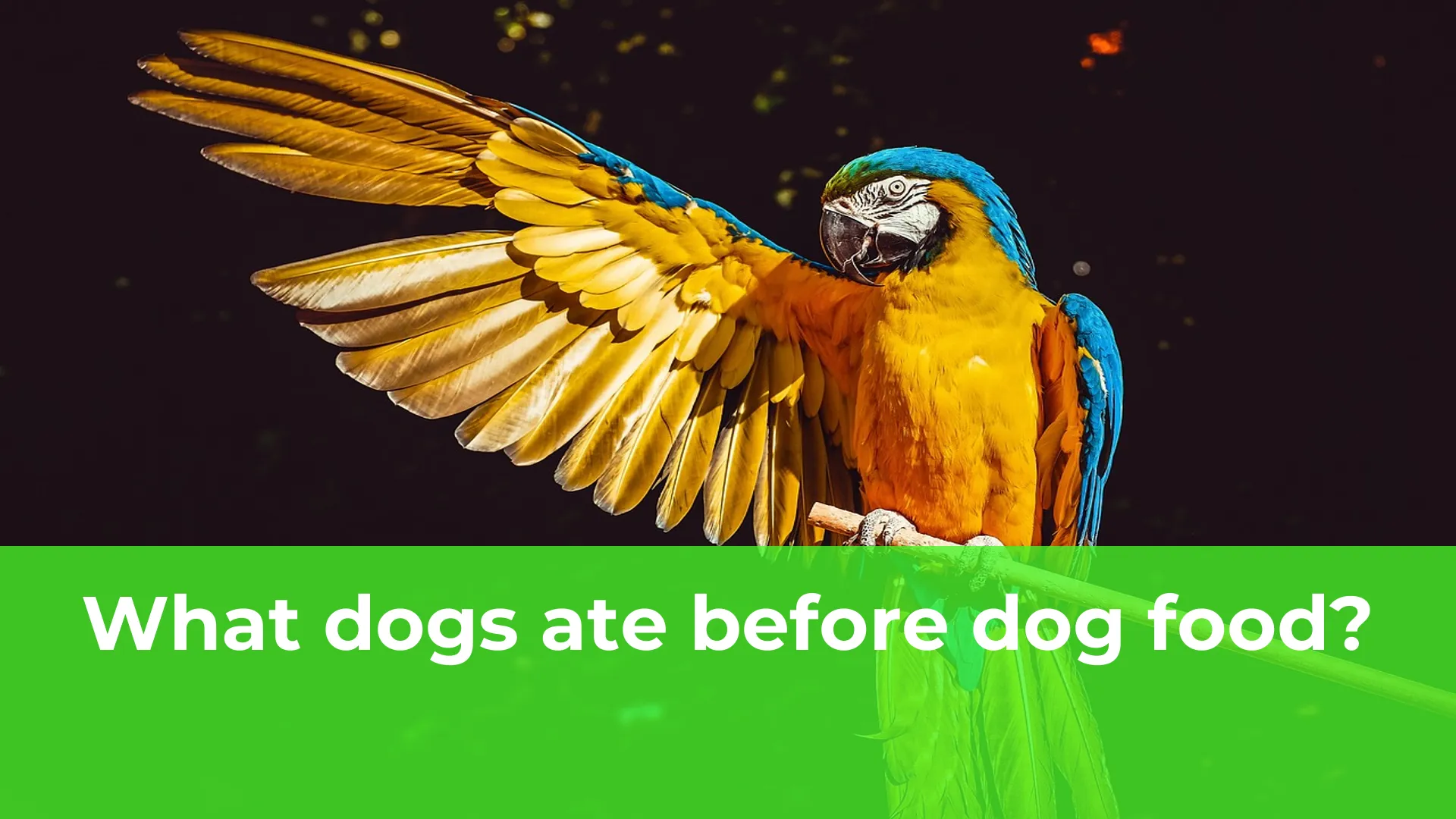What dogs ate before dog food?
Dogs have been faithful companions to humans for thousands of years, serving as loyal protectors, hunters, and friends. But have you ever wondered what dogs ate before the invention of commercial dog food? In ancient times, dogs relied on a diet that closely resembled that of their wild ancestors. They scavenged for scraps and hunted small game, surviving on a varied diet of meat, bones, fruits, and vegetables.
Before the advent of commercial dog food in the late 19th century, dogs were typically fed the same food as their human companions. This meant that their diet consisted of leftovers from meals, including meat, bread, and vegetables. In many rural areas, dogs were also given raw or cooked offal, such as liver, lungs, and hearts, which were considered less desirable cuts by humans but provided valuable nutrients for the dogs.
It wasn’t until the late 1800s that the first commercial dog food appeared on the market. James Spratt, an American electrician, introduced “Meat Fibrine Dog Cakes,” which were made from a combination of meat, vegetables, wheat, and beetroot. This marked the beginning of a revolution in dog nutrition, as owners could now conveniently provide their pets with a balanced and easily accessible diet. Since then, the pet food industry has evolved significantly, offering a wide range of specialized diets tailored to meet specific nutritional needs of different dog breeds and sizes.
1. The Evolution of Canine Cuisine: A Look at Pre-Dog Food Diets
Dogs have come a long way from their origins as wild wolves, and so has their diet. In this fascinating exploration, we delve into the history of canine cuisine, tracing back to the days before commercial dog food existed. From scavenging for scraps to consuming raw meat, bones, and vegetables, early dogs relied on a varied diet that allowed them to survive and thrive in the wild. Understanding these pre-dog food diets provides valuable insights into the nutritional needs of our furry companions.
Before the advent of commercial dog food, dogs lived alongside humans as scavengers and hunters, adapting to consume whatever was available. While their wild wolf ancestors primarily fed on raw meat and bones, domesticated dogs began to incorporate other food sources into their diets. This included fruits, vegetables, grains, and even leftovers from human meals. The ability to digest a wide range of foods allowed dogs to adapt and thrive in different environments, forming a crucial aspect of their evolutionary journey.
In recent decades, the rise of commercial dog food has dramatically changed what our canine companions consume. However, the shift towards processed kibble hasn’t eradicated the ancestral dietary needs of dogs. Many pet owners are now exploring alternative diets, such as raw feeding and homemade meals, to better mimic the natural nutrition dogs evolved to thrive on. By looking back at the early diets of dogs, we can gain a deeper understanding of their nutritional requirements and make informed choices about what we feed our four-legged friends.
2. Unveiling the Culinary Past: Exploring What Dogs Ate in Ancient Times
Dogs have long been loyal companions to humans, but have you ever wondered what they ate thousands of years ago? In this fascinating article, we delve into the culinary past of our canine friends, exploring the types of food they consumed in ancient times. Through extensive research and archaeological findings, we uncover surprising insights into the diets of dogs in various ancient civilizations, shedding light on the bond between humans and their four-legged companions throughout history.
3. From Hunters to Table Scraps: How Dogs Nourished Themselves Before Commercial Dog Food
Before the advent of commercial dog food, dogs had to rely on their own means to nourish themselves. In ancient times, dogs were primarily hunters, using their sharp senses and agility to catch prey. They would scavenge for small animals, such as rabbits and squirrels, or even larger game if they had the opportunity. These hunting instincts were crucial for their survival, as they had to find their own source of food in the wild.
Aside from hunting, dogs also had to make do with table scraps from human settlements. They would hang around areas where people gathered, such as campsites or villages, hoping for a chance to feast on leftovers. These scraps often consisted of bones, bits of meat, and vegetable scraps. While not the most nutritionally balanced diet, it provided dogs with the sustenance they needed to survive.
In some cases, dogs formed symbiotic relationships with humans, helping them with tasks such as herding livestock or guarding property. These working dogs were often given a portion of the food they helped protect or produce. For example, herding dogs would be given milk from the cows they guided, and guard dogs would receive a share of the surplus meat from the hunt. This arrangement ensured that the dogs received a more substantial and varied diet compared to their wild counterparts.
4. A Glimpse into History: What Our Canine Companions Consumed Before Kibble
Before kibble became the go-to meal for our furry friends, our canine companions had a vastly different diet. Take a journey back in time as we explore what dogs consumed in the early days. From raw meats and bones to a variety of vegetables and grains, their meals were closer to their wolf ancestors than the processed food of today. Join us as we uncover the fascinating history of what our loyal companions used to eat.




